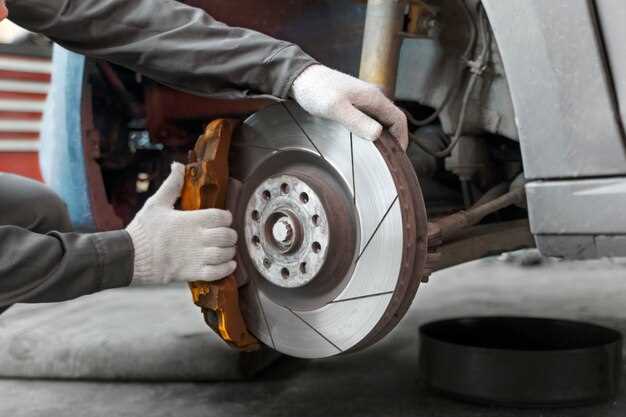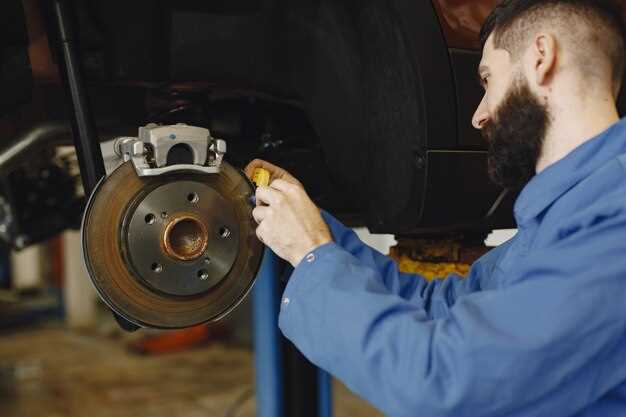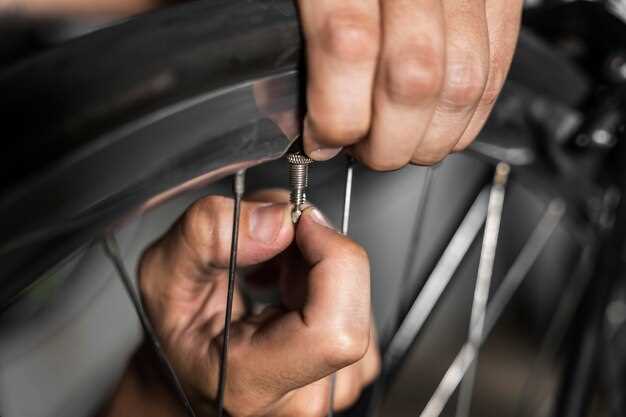
The safety of any vehicle heavily relies on its braking system, making it crucial to regularly inspect various components, including brake lines. These lines are vital for transmitting brake fluid, which is essential for effective braking performance. Over time, exposure to environmental conditions and the stresses of daily driving can lead to wear and damage, compromising the integrity of the brake system.
When examining brake lines, it’s important to look for signs of corrosion, leaks, and any physical abnormalities. A small crack or dent in the line can lead to significant issues, such as decreased brake pressure or complete brake failure. Regular inspection not only enhances safety but also helps to maintain vehicle efficiency, ensuring that your braking system operates at its best.
Understanding the importance of brake line maintenance is key for every vehicle owner. By being proactive and vigilant in checking for signs of damage and wear, you can prevent costly repairs and, more importantly, safeguard against potential accidents caused by brake system failures. Properly functioning brake lines are an integral part of a reliable braking system, making their inspection an essential part of vehicle care.
Identifying Common Signs of Wear in Brake Lines

Brake lines are crucial components of a vehicle’s braking system, responsible for transporting brake fluid from the master cylinder to the brake calipers. Over time, these lines can experience wear and damage, potentially leading to a loss of brake functionality. Identifying the signs of wear early can prevent dangerous situations on the road.
One common sign of wear in brake lines is the presence of visible cracks or abrasions on the surface of the lines. These imperfections can indicate that the lines are becoming brittle or are losing their structural integrity. If left unchecked, these cracks can worsen and lead to fluid leaks.
Another indicator of wear is the accumulation of moisture or corrosion at connection points and fittings. This rust can corrode the metal lines, causing them to weaken and eventually fail. Regular inspection of these areas can help catch potential problems before they escalate.
Fluid leaks are a critical sign of brake line damage. If you notice a puddle of brake fluid under your vehicle or a noticeable drop in fluid levels in the reservoir, it’s essential to inspect the brake lines immediately. A loss of brake fluid not only affects braking performance but can also signal a significant issue that requires prompt attention.
Additionally, any changes in brake performance, such as a spongy or unresponsive brake pedal, can indicate wear in the brake lines. These symptoms may suggest that air has entered the brake system, often due to fluid loss from a compromised line, affecting overall braking efficiency.
Regular inspection and maintenance of brake lines are vital to ensure that they remain in good condition. Look for these common signs of wear and address any issues promptly to maintain the safety and reliability of your vehicle’s braking system.
Steps to Check for Fluid Loss in Brake Line Systems

Inspecting brake lines for fluid loss is a crucial part of vehicle maintenance that ensures safety and optimal performance. The following steps will guide you through the process of checking for any signs of fluid loss in your brake line system.
Begin by visually inspecting the brake lines for any obvious signs of damage or wear. Look for corrosion, cracks, or frayed areas that could potentially lead to fluid loss. Pay particular attention to the connections and fittings, as these are common points where leaks may occur.
Next, check the brake fluid reservoir. Open the hood and locate the reservoir; it is usually marked with a brake fluid symbol. Ensure that the fluid level is within the recommended range and note any significant drop since your last inspection. A low fluid level often indicates a leak somewhere in the system.
After checking the reservoir, inspect the area around each wheel. Remove the wheel covers if necessary, and look closely at the brake lines running to each wheel. Use a flashlight if needed to illuminate any potential leaks or wet spots, as brake fluid is often clear or slightly yellow, making it difficult to see without adequate lighting.
It is also advisable to perform a visual inspection of the master cylinder. Look for any signs of fluid accumulation or dampness around the master cylinder base or its connections. If you notice any wetness, it could signal a leak that merits further investigation.
In addition to visual checks, you can perform a pressure test in some cases. This involves using a brake line pressure gauge to ensure that the lines can hold pressure without any drop. A decrease in pressure while the system is sealed indicates a loss of fluid somewhere within the lines.
Finally, conduct a thorough test drive of the vehicle. During the drive, pay attention to the brake performance. If the brakes feel spongy or unresponsive, this may suggest fluid loss and necessitate immediate inspection of the brake line system.
Tools and Techniques for Inspecting Brake Lines Thoroughly
Inspecting brake lines for damage and wear is essential for maintaining vehicle safety. A comprehensive inspection involves both the right tools and effective techniques to ensure that brake fluid remains uncompromised and the lines function properly.
The primary tool for this task is a visual inspection mirror. This small, handheld device allows technicians to view hard-to-reach areas along the brake lines. Coupled with a bright LED flashlight, the mirror helps illuminate the lines, making it easier to spot any corrosion, leaks, or physical damage.
A pressure tester is another valuable tool used to check the integrity of brake lines. This device connects to the brake fluid system and allows mechanics to monitor the pressure. Any significant drop in pressure can indicate a leak or a breach in the lines, warranting further investigation.
Another technique involves physically squeezing the brake lines to identify weaknesses. When inspecting, feel for any bulges or soft spots that signal wear. It is crucial to perform this with caution, as excessive force may damage the lines further.
Additionally, using a brake line cleaning solution can be beneficial. Spraying this solution can help highlight any leaks by causing the brake fluid to bubble or accumulate at the damaged spots. This technique assists in pinpointing the source of any issues effectively.
Finally, document your findings carefully. Keeping a record of the condition of the brake lines can provide valuable insights for future inspections and maintenance. Regular monitoring and inspection using these tools and techniques will ensure that brake lines remain in optimal condition, contributing to safe vehicle operation.




